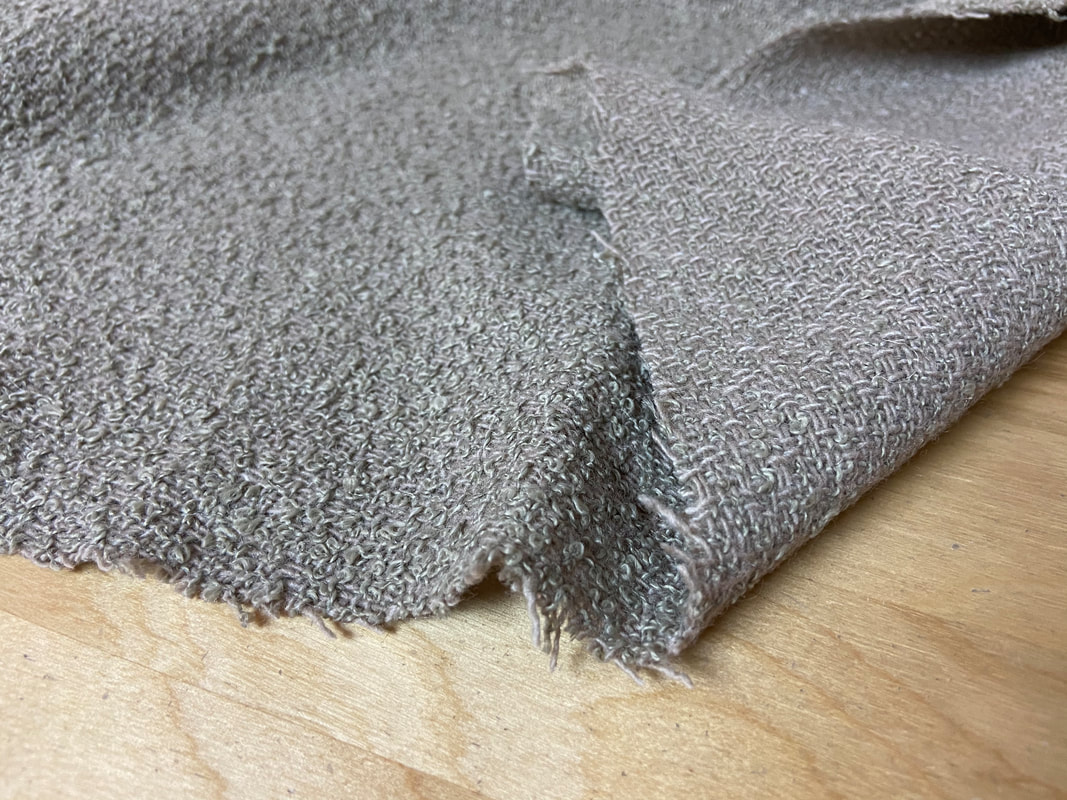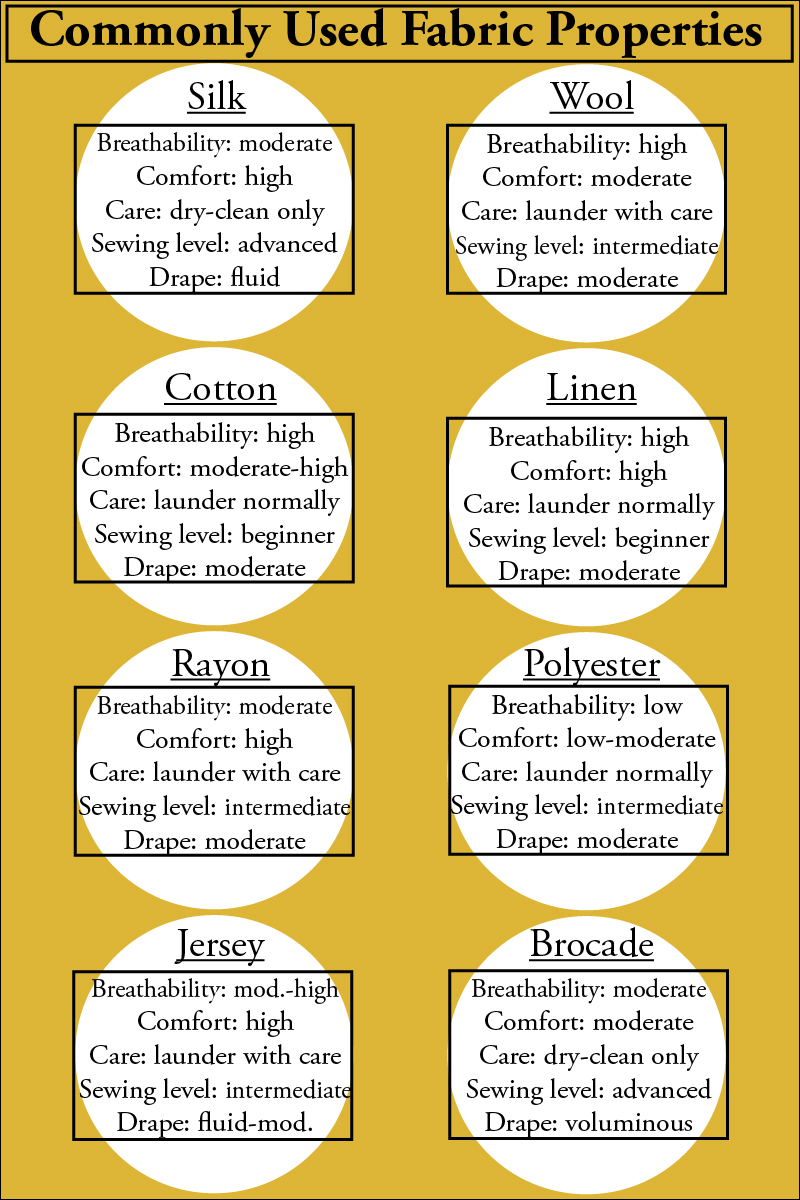All 4 Way Stretch Fabrics - An Overview
All 4 Way Stretch Fabrics - An Overview
Blog Article
All 4 Way Stretch Fabrics Fundamentals Explained
Table of ContentsThe Ultimate Guide To All 4 Way Stretch FabricsGetting My All 4 Way Stretch Fabrics To WorkThe Best Guide To All 4 Way Stretch FabricsGetting The All 4 Way Stretch Fabrics To WorkAll 4 Way Stretch Fabrics - QuestionsOur All 4 Way Stretch Fabrics Statements8 Easy Facts About All 4 Way Stretch Fabrics Shown
As I likewise desire UV protection from my garments when I go out, I would certainly pick a largely woven cotton fabric. One more factor to consider when purchasing the material is the way it will after cleaning.A safe bet would be to acquire at the very least 10% extra textile. If you can acquire preshrunk textile, this is the finest. Preshrunk material will certainly have tags that will state" etc. If you are trying to find a textile that will certainly not extend or lose shape, you can search for the "anti-sag" tag.

If you are matching the color, like choosing the lining for the primary material or choosing textile to include as trim, this is particularly crucial. The fabric display rooms will typically have a light well where you can see the material in sunlight (or a window with good light from outdoors).
All 4 Way Stretch Fabrics Can Be Fun For Anyone

A lot of textiles are concerning 44 wide. When you go to buy textile, estimate exactly how much you want first and then go to the store.
Some fantastic deals can be had this means. In dressmaking, we acquire material by the yard/meter.
About All 4 Way Stretch Fabrics
In a quarter of a yard, you obtain a 9 by 44 strip of material, which is concerning 22 cm in size. According to the width of textiles, they might be called single-width and double-width.
Pick textiles that are not too hard or stiff, or you would not be comfortable in them. Linen, Jeans, flannel, For colder climates, pick wool (100% as well as woollen blends) wool tweeds, woollen crepe; it basically depends on what trousers you are talking regarding Tailored pants, Unstructured Pant, Combined, Jeans.
All cotton fabrics are good for children. Knit materials are also excellent for youngsters you can go for wool knits.
The 8-Minute Rule for All 4 Way Stretch Fabrics
Cotton yard fabric in beautiful prints is great. Silk jersey is a wonderful textile for sewing skirts, as is Ponte Roma knit textile.
Drapey rayons, soft wool, lycra blends, and stretch velvets are all ideal for sewing skirts. Wool (Wool crepe has an excellent drape and provides adequate structure for coats; wool tweeds are fantastic also), Linen & Flannel. Velvet (Look Into the slouchy velour sports jacket tutorial, by the method). Light-weight knits are good for free-flowing jackets similar to this waterfall jacket pattern Raw silk, satin, taffeta, velvet, Shoelace, silk chiffon, and Fabric are all fantastic for making gowns.
You can buy medium-weight textiles with some spandex/elastane included for a fitting bodycon-type gown. For drapey dresses, you can select lightweight textiles. Jersey has a drapey fit such as this. Crepe, challis, and charmeuse are all drapey textiles fit for this design. Inspect out these articles: Best fabric for making informal outfits and tops; Names of different dresses. Rayon, Acetate, and cotton lining materials are widely made use of.
Light-weight cotton textile, Cambric, Chintz, Twill, Faille, Seersucker, Poplin, light-weight woven broadcloth, batiste, bed linen, eyelet benefit making tee shirts and blouses. I like chiffon shirts. Smooth satin material is good for making ventilated tops. Take a look at the post on the 7 finest fabrics for making tee shirts. Making shawls and headscarfs require different considerations for the fabric check out this post on the textiles for making headscarfs When getting formed fabric (the majority of the patterned textile comes with a size of 45 or 54 inches), there will be pattern repeat in these textiles, and this need to be thought about when cutting material along with getting them i.e., if you intend to match the patterns at the seams.
Not known Facts About All 4 Way Stretch Fabrics
This post has the names of all the checkered patterns and this, red stripe patterns. The concepts will certainly be dispersed in a scheduled style on the material. However you may notice often If the print is not put on the textile correctly, it Learn More can not be matched or aligned when constructed without misshaping the material and the hang of the garment.


You can discover more about grain and grainline of fabric here. The material weight depends on many elements like the weave, fiber type, and so on and is typically signified by GSM. GSM can differ from 60 -700; 700 being the GSM of really high-quality woolen fabric. A denim textile has a GSM of 400, depending upon the weave.
One thing you have to maintain in mind is that greater textile weight does not represent higher textile top quality. It simply is an indicator of the suitability of the fabric for a particular task. You can not pick high material weight textile denim for a lightweight floating stole. Recognizing the material weight is beneficial when comparing the exact same kind of materials, yet even this will depend upon its application.
Have a look at the list of the 70+ different material coatings and treatments. Basically, the most essential criteria to search for in the fabric you purchase are as adheres to. The variety of threads per inch of textile (yarns-per-inch). Higher the thread count higher the number of threads woven per inch, and the higher the quality.
All 4 Way Stretch Fabrics Fundamentals Explained
This is very important in any kind of material. In high-grade material, this equilibrium (either in numbers or in dimension) will certainly constantly be preserved. Procedures used on fabric to improve look and performance. The fibers that are woven to make the textile will either be as a solitary hair or will certainly be developed by integrating two yarns (turned).
A two-ply thread transcends to a single-ply thread.
If you are obtaining ready to begin a new sewing job, picking a material will be one of the most vital action as soon as you choose what you intend to make. After you've gone to all the trouble and expenditure of purchasing the sewing equipment you enjoy, a pattern you like, and a fabric you love, you want the completed item to be a success? One means to achieve that is to start by seeing to it your textile is absolutely appropriate for the project.
All 4 Way Stretch Fabrics Things To Know Before You Get This
If you're making a patchwork, you'll instantly desire to make use of quilter's weight cotton for best outcomes. However what happens if you intend to make an item of garments? How do you understand which material will provide you the most effective result? Choosing a fabric simply because you like the print or design on it isn't always the most effective approach.
You understand. In order to prevent doing an entire job for basically nothing, we've put together some pointers to assist you decide which textile is right for your task. Let's state you already have a project in mind; just how do you discover the ideal fabric for it? One means is to check out comparable items in storesor ones you currently have.
Assume of the attributes you want the completed item to have. Do you want a strong color or a print? If you are making a non-wearable product such as a pillow cover or potholder, use a sturdy textile such as canvas.
There is a lot details out there regarding textiles, their characteristics, and their uses, it might reach be overwhelming! So don't try to take it in all at the same time; just begin with the project handy. Learn all you can about the fabric you use for this task.
Report this page